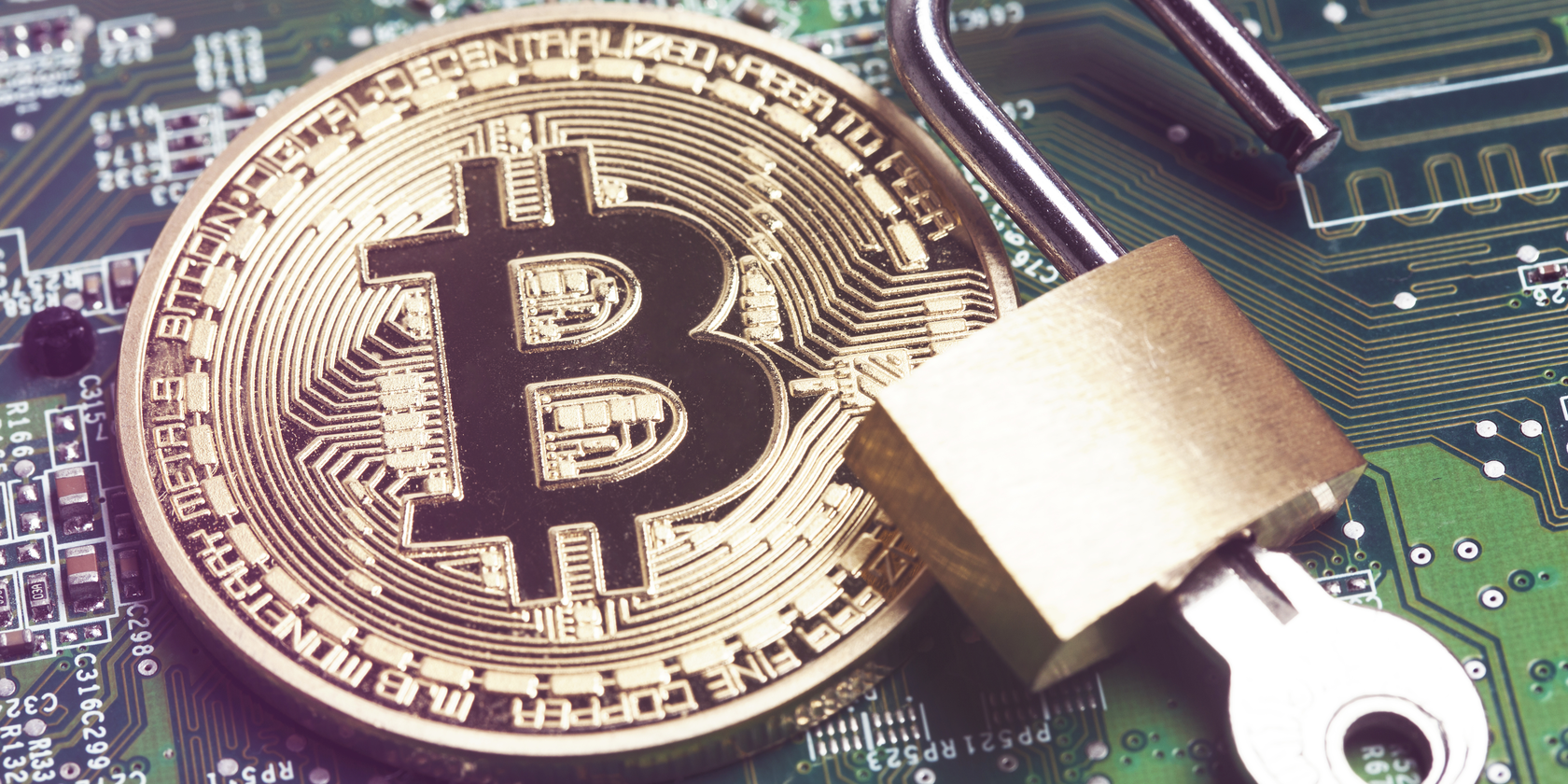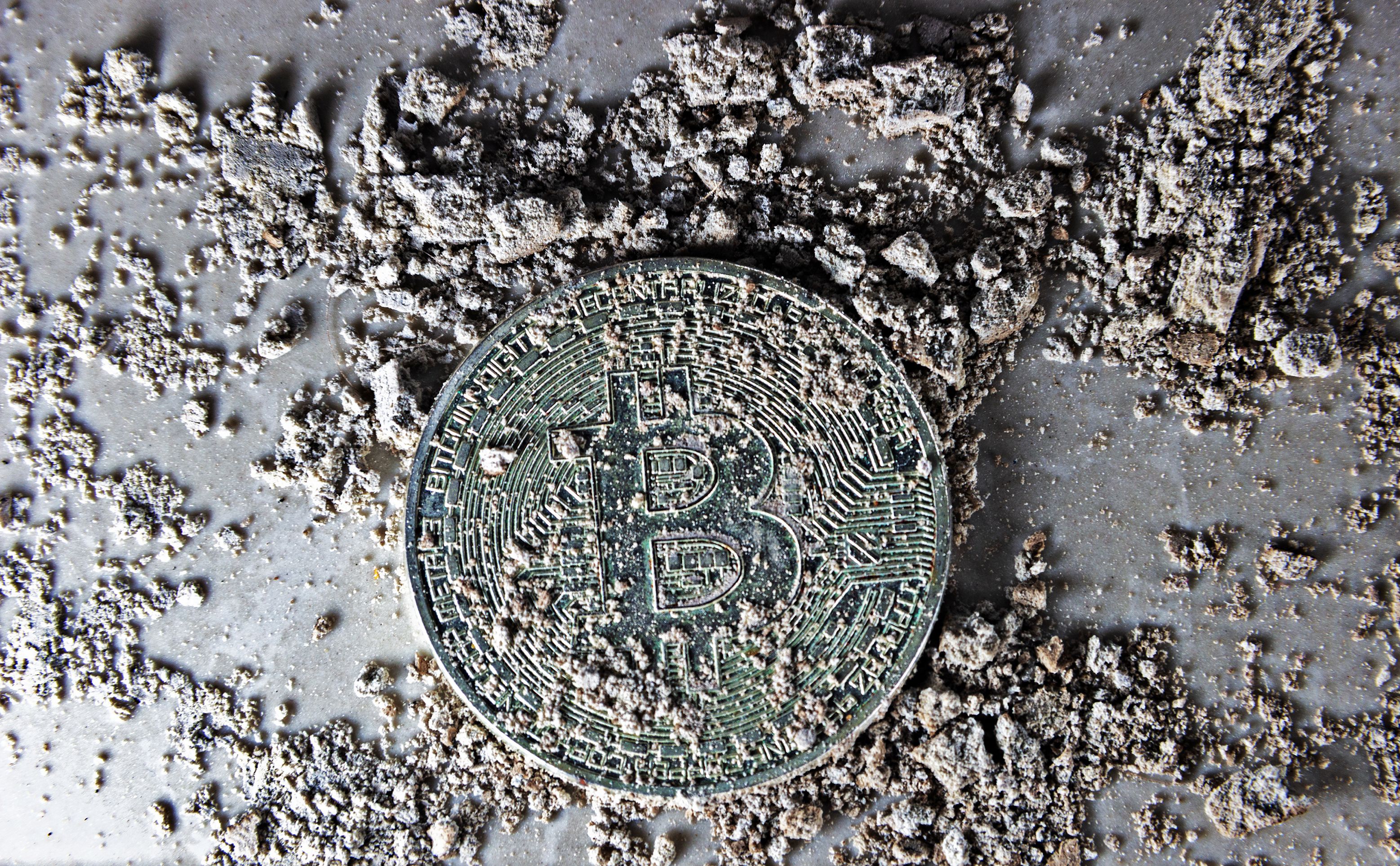A cryptocurrency dusting attack doesn't sound particularly scary—in fact, it sounds like you're giving your wallet a spring clean. However, a dusting attack is a serious problem that threatens to breach your privacy if you're not careful.
Let's check out what a cryptocurrency dusting attack is, how it works, and how you can avoid it.
What Is Cryptocurrency Dust?
Before we explore what a dusting attack is, we first have to get to grips with what "dust" is. Dust refers to a teeny-tiny amount of cryptocurrency that's usually left over after a transaction completes.
For instance, Bitcoin has the Satoshi, which equals 0.00000001 BTC. At the time of writing, that's the same as 0.00059 United States dollars or around 6/100th of a cent. Usually, dust refers to a few hundred Satoshis, but even then it's still a minuscule amount of money that's like digital cents kicking around your wallet.
We used Bitcoin as an example here, but any cryptocurrency fungible into such small financial amounts will also have dust. As such, those currencies are also susceptible to a dusting attack.
What Is a Cryptocurrency Dusting Attack?
A cryptocurrency dusting attack is when an agent sends tiny amounts of dust to random addresses. The agent may be a hacker trying to sniff out their next target, or a government official trying to break the anonymity that cryptocurrencies provide.
When the dust lands in someone's account, it's so small that the victim will likely not notice it. The dust will then sit around in the wallet as an Unspent Transaction Output (UTXO) waiting to be spent.
You may assume that all the money in your wallet or in an address is collected into one big bundle. In fact, they usually consist of smaller amounts in separate UTXOs that add up to one larger sum. For instance, someone with 1 BTC may have one 0.50 BTC and two 0.25 BTC UTXOs, which add up to the full sum.
When you go to spend some cryptocurrency, your wallet combines different UTXOs to reach what you're paying. For example, a transaction that costs 0.75 BTC would take one 0.25 BTC and one 0.5 BTC UTXO from the above wallet.
Because a dusting attack creates a small UTXO, there's a good chance that the wallet will use it when you buy something online. When this happens, the hacker's dust gets mixed up with other UTXOs from other addresses in your wallet, which allows the agent to see your transaction history for those addresses too.
This knowledge allows the agent to piece together who you are by what you spend money on and form a picture of which addresses are in your wallet. From here, the agent can then target you specifically.
If you're lucky, the agent may only be interested in scams. In this case, you may see an influx of cryptocurrency-related scams hit your inbox as the scammer attempts to relieve you of your funds.
Scammers may also send more dust with a scam link attached to it. The link will advertise a service or website, much like a scam email.
In a worst-case scenario, the agent can use this knowledge to locate where you live. From here, they may attempt to extort your funds through threats or actual violence.
How to Avoid a Cryptocurrency Dusting Attack
Unfortunately, you can't stop someone from sending dust to an address. Therefore, the best way to prevent someone from working out your identity via a dusting attack is to never spend the UTXO that holds the dust you received.
This may involve manually selecting which UTXOs you use when you buy something or moving your large UTXOs into another wallet. Alternatively, some services like Samourai Wallet released a system that lets you mark dust as "do not spend" to prevent dusting attacks.
Staying Safe From Cryptocurrency Threats
Cryptocurrency dusting can be dangerous, as it's hard to spot and can reveal your identity if left unchecked. Fortunately, there are ways to manage your stray UTXOs or use a wallet that locks up suspicious dust.
If you're trading in cryptocurrencies, it's a good idea to study up on all the different scams out there. Given how cryptocurrency is a budding technology in the financial world, scammers are using all kinds of nefarious tactics to fleece users of their coin.
Image Credit: Ink Drop / Shutterstock.com


